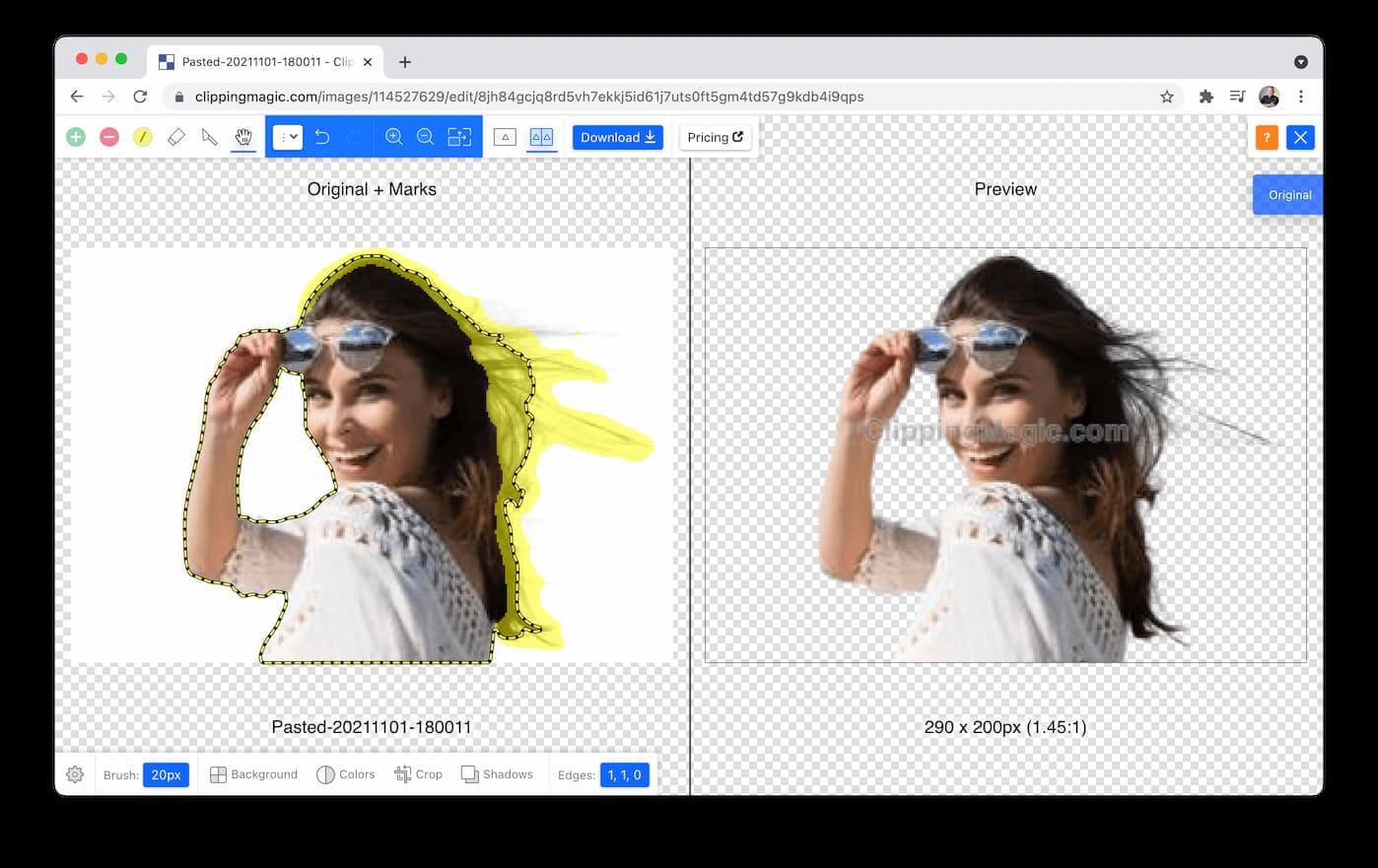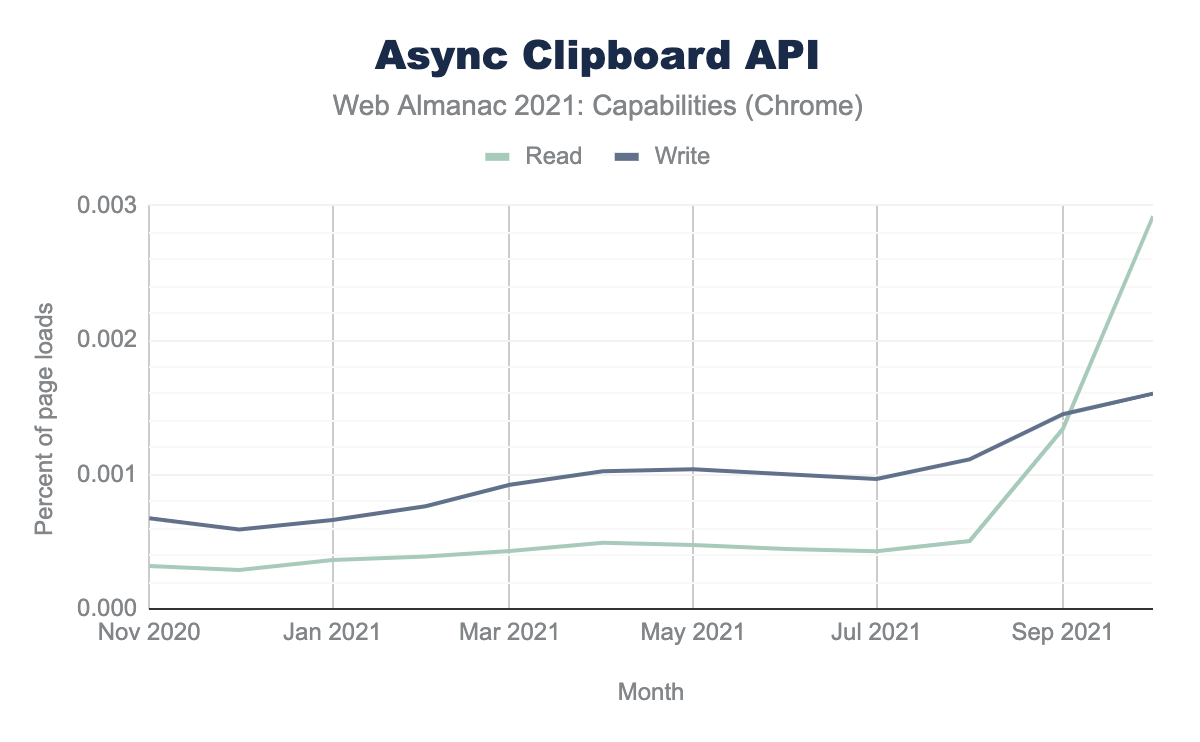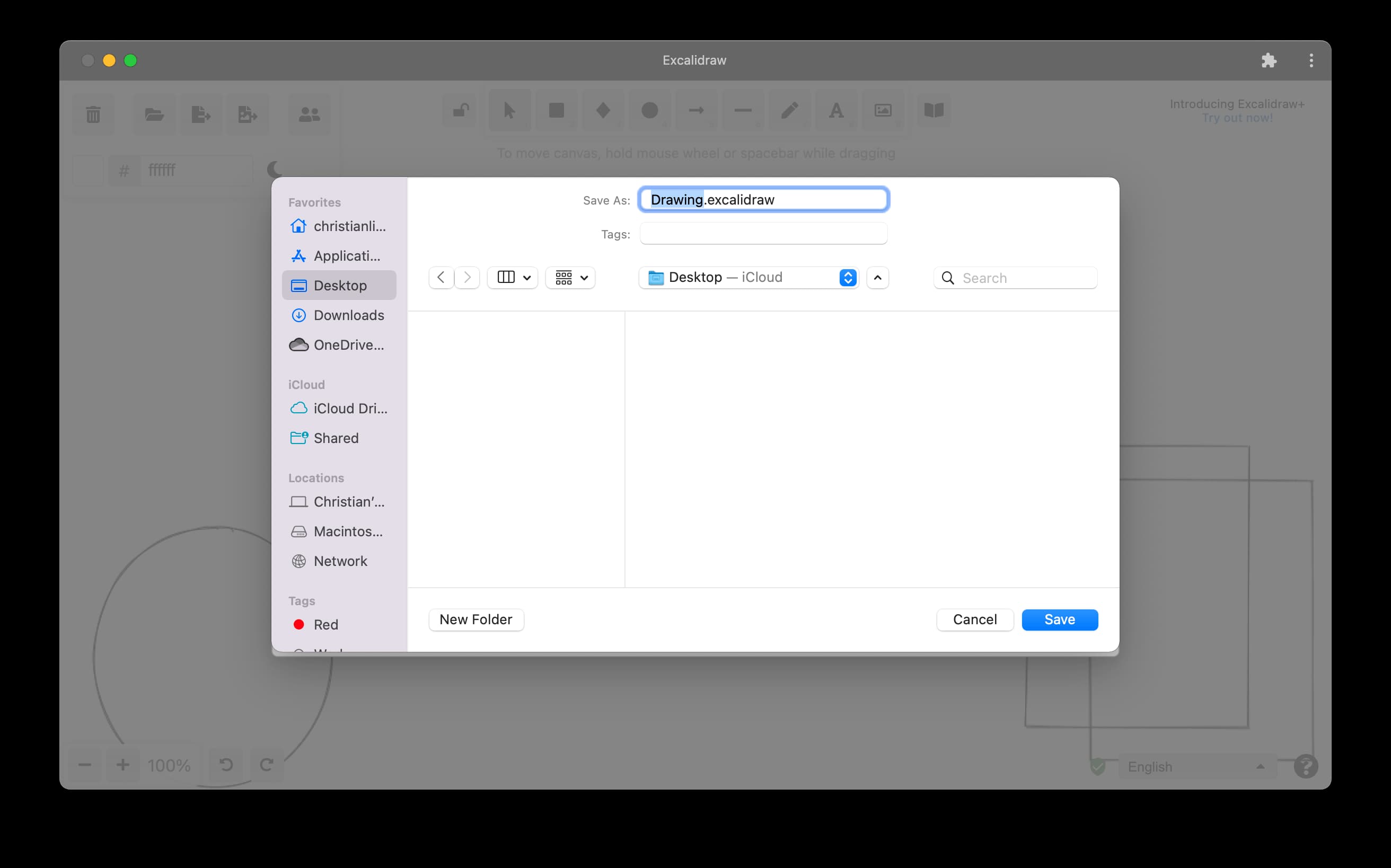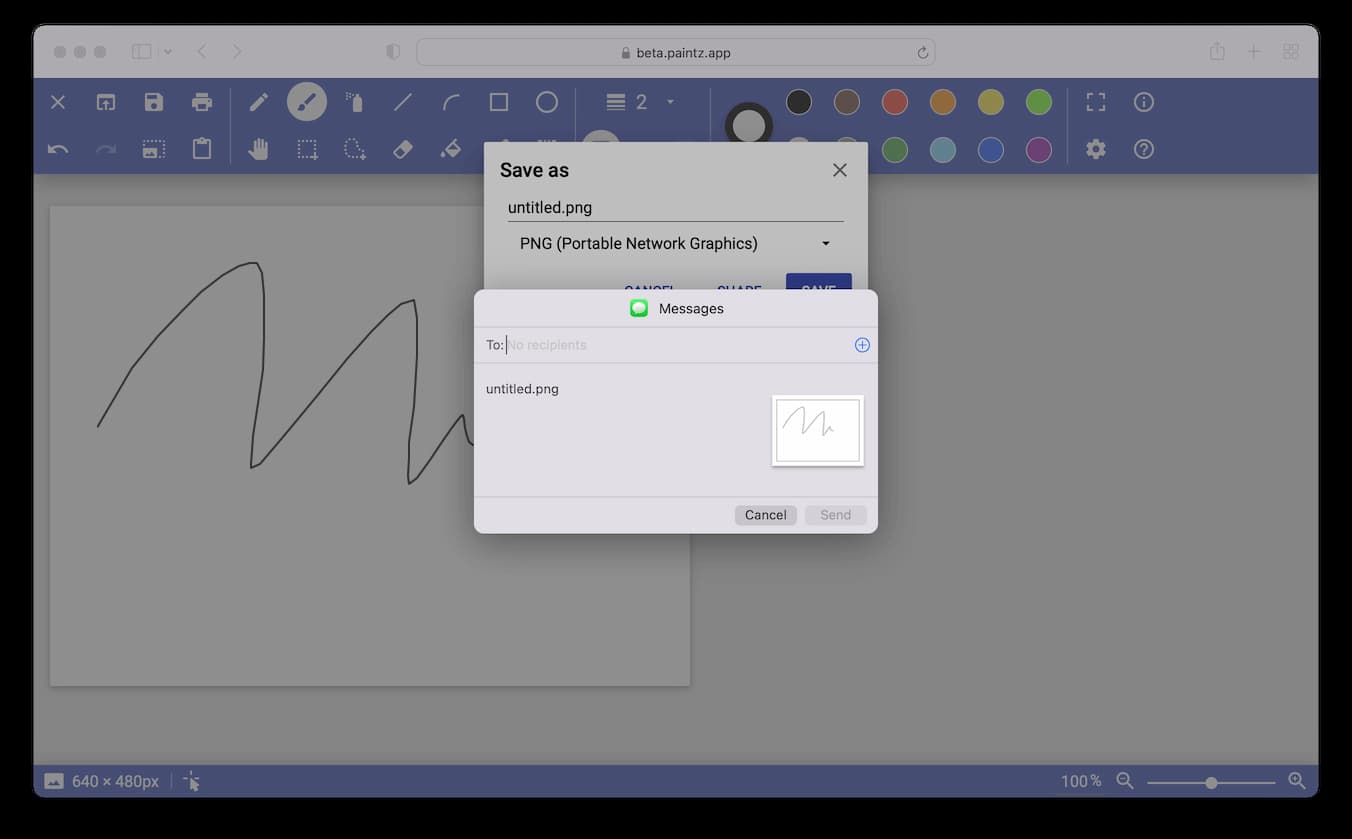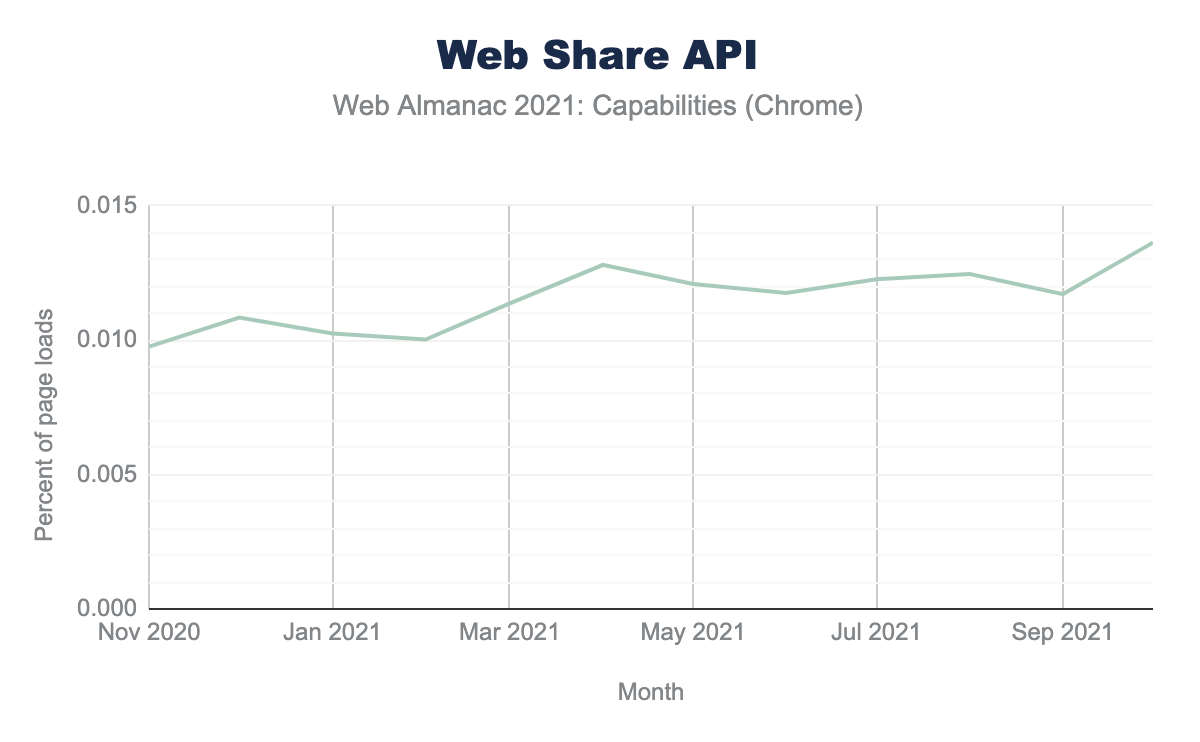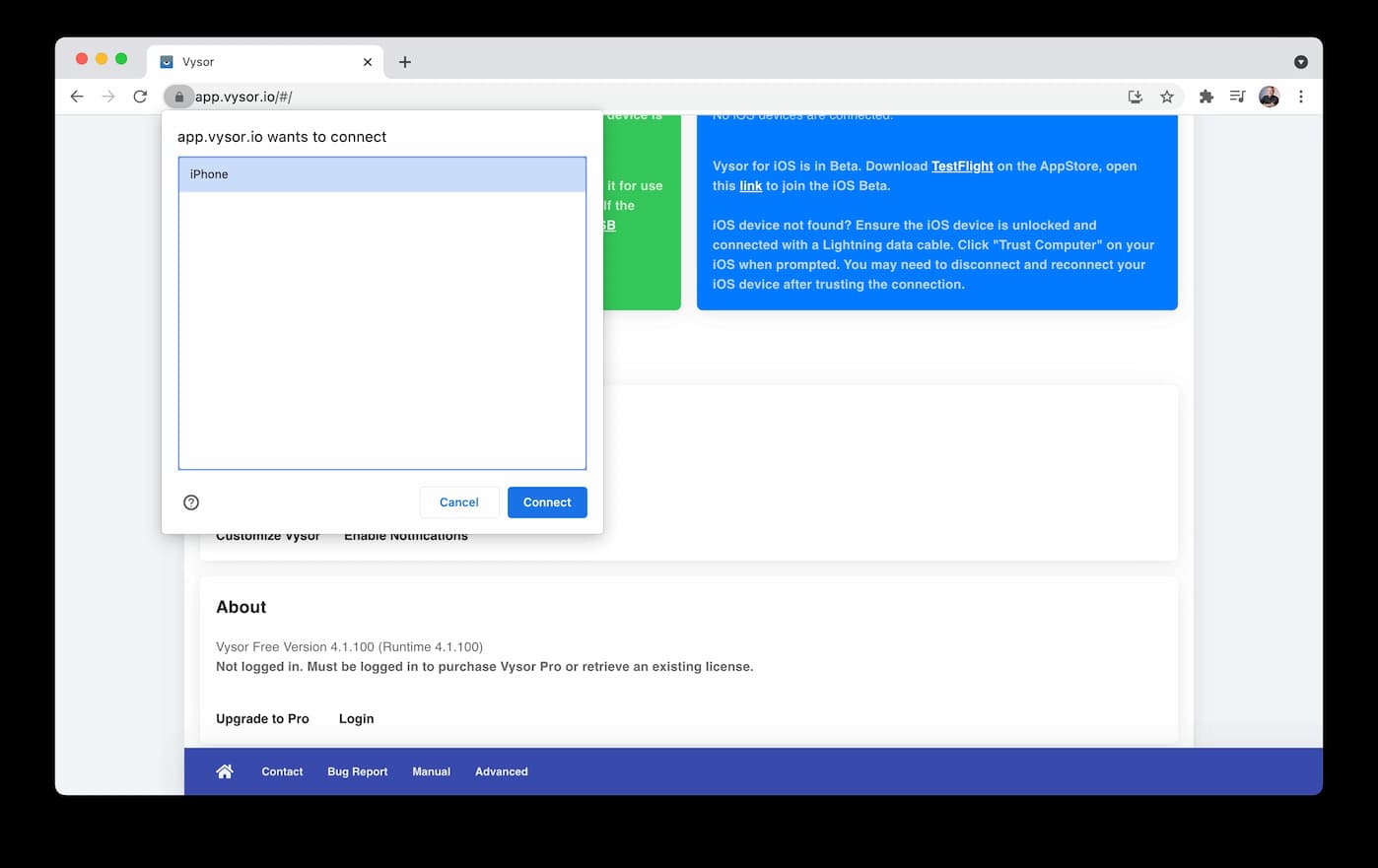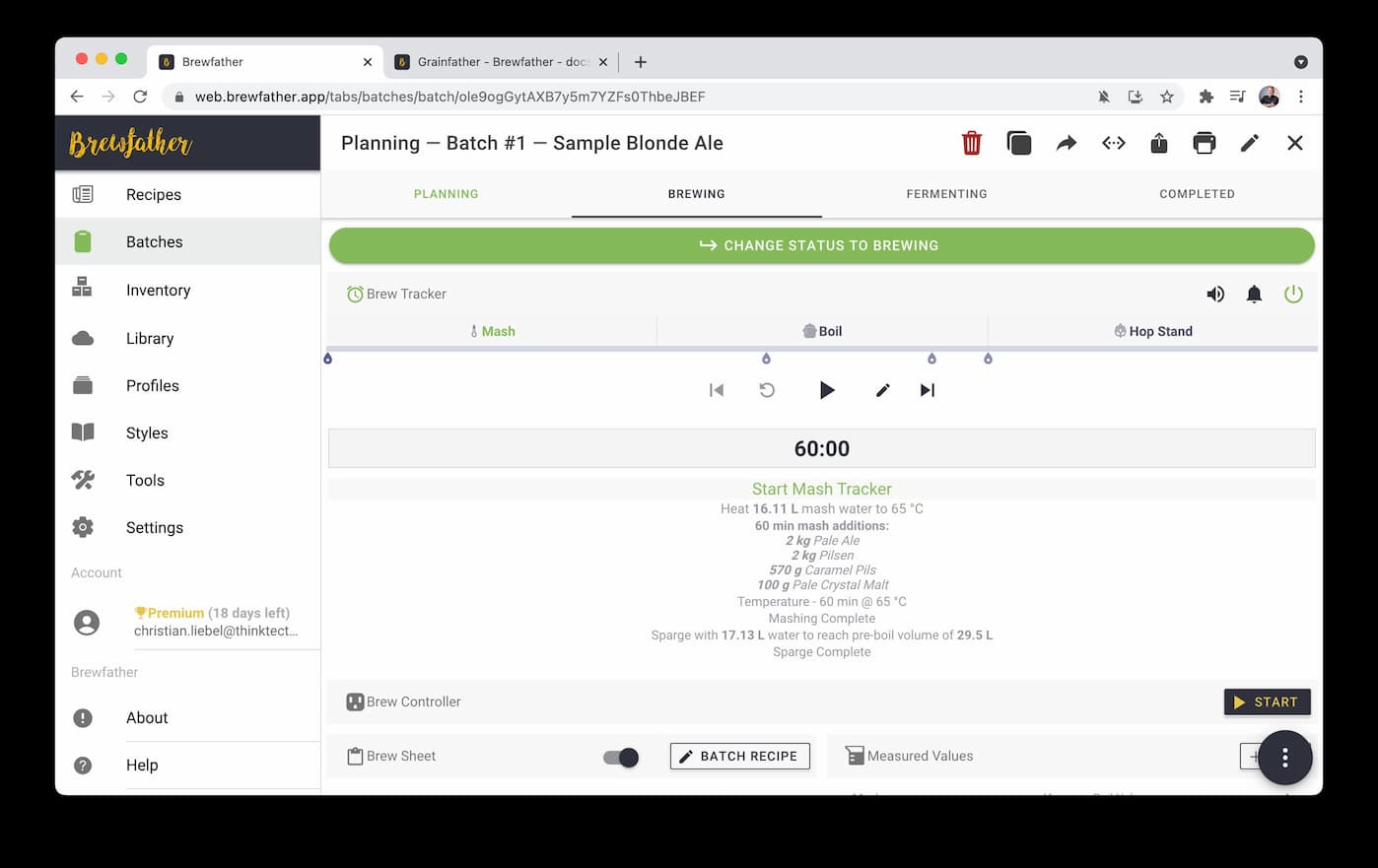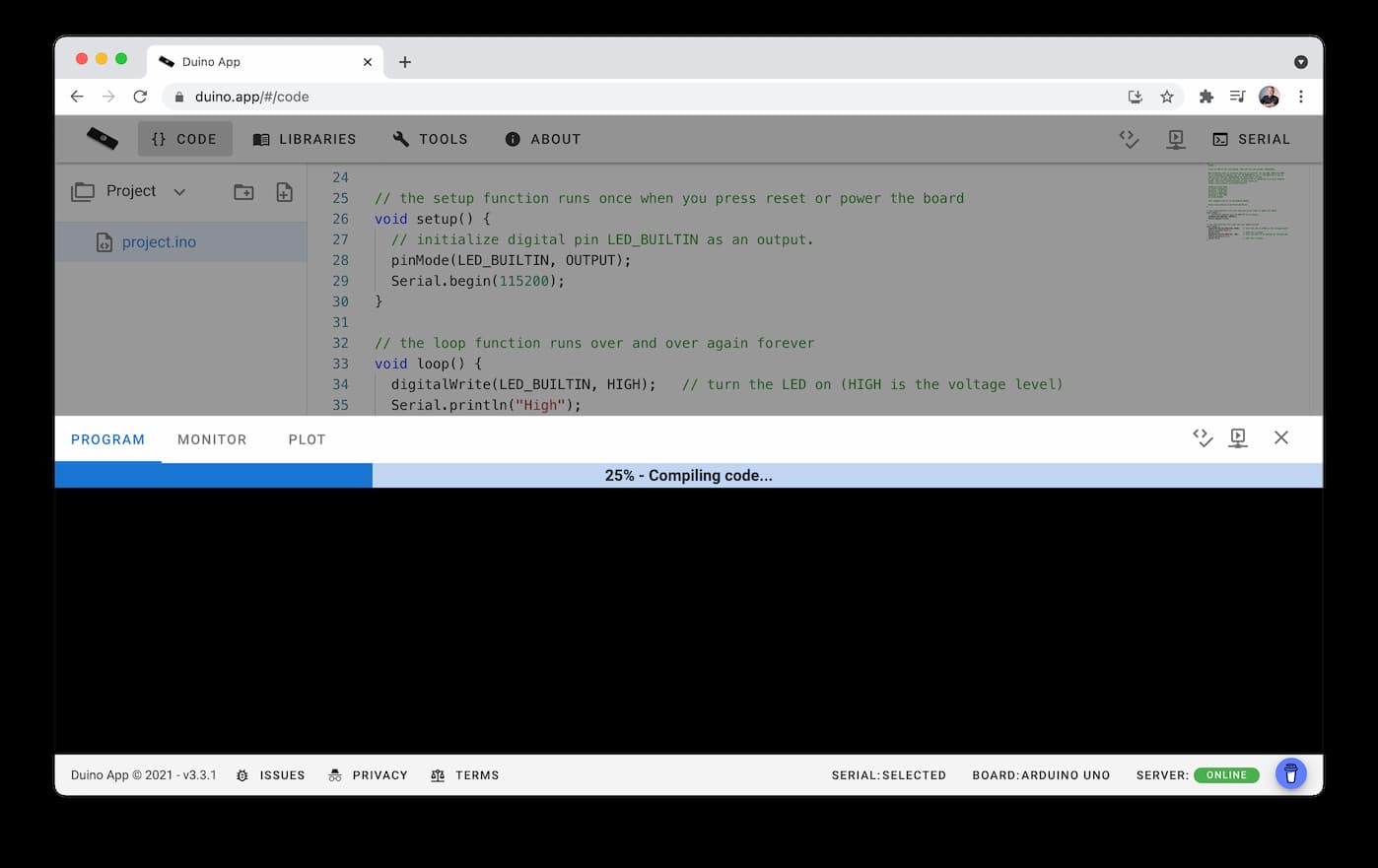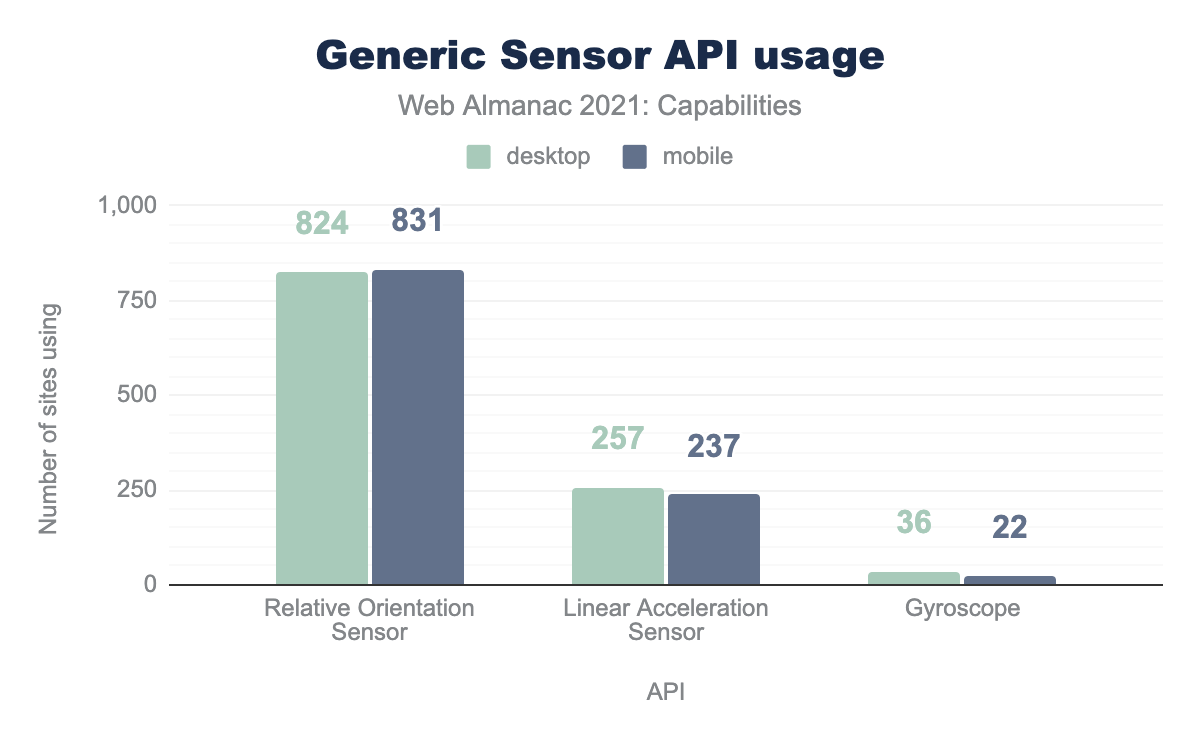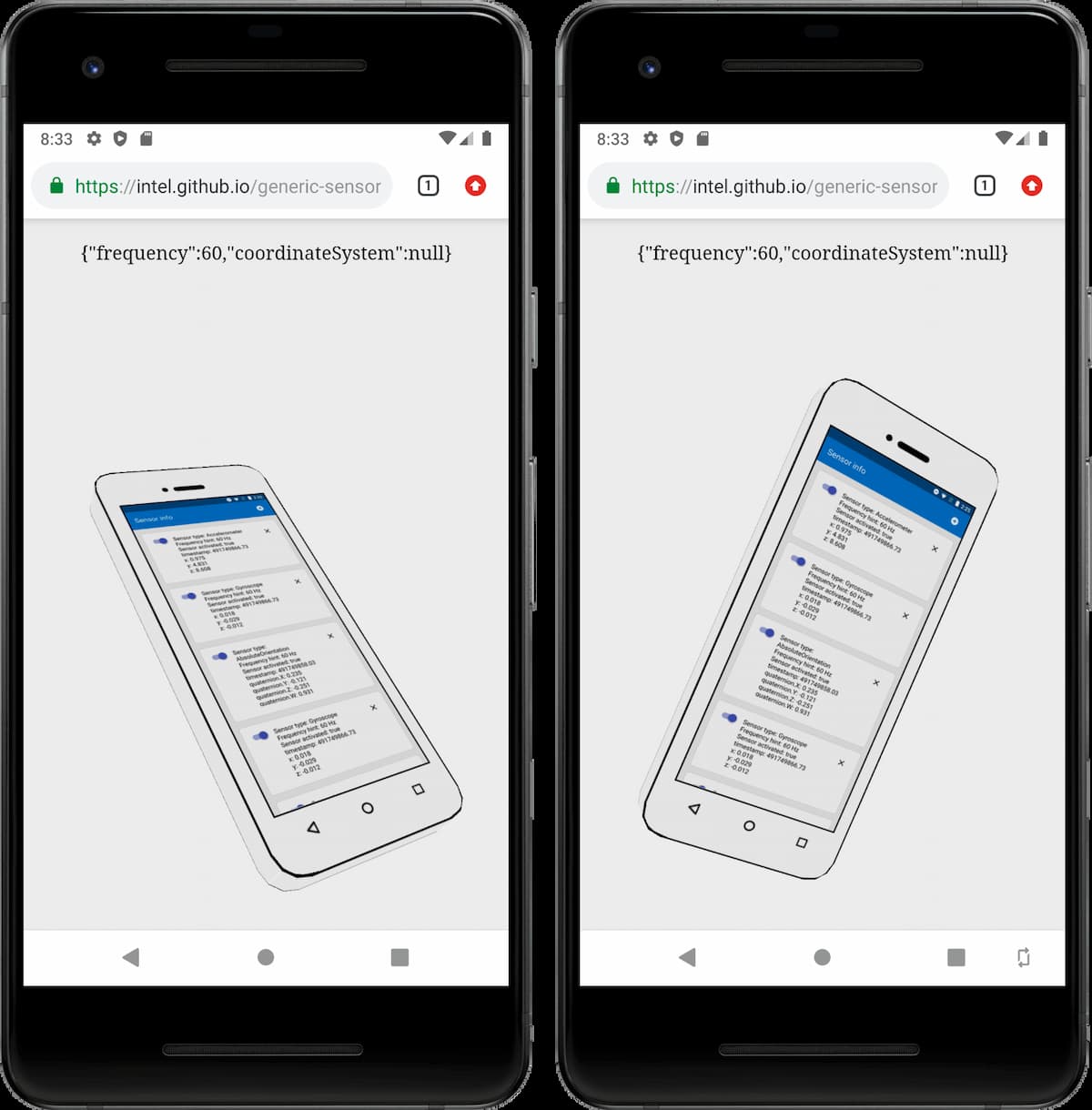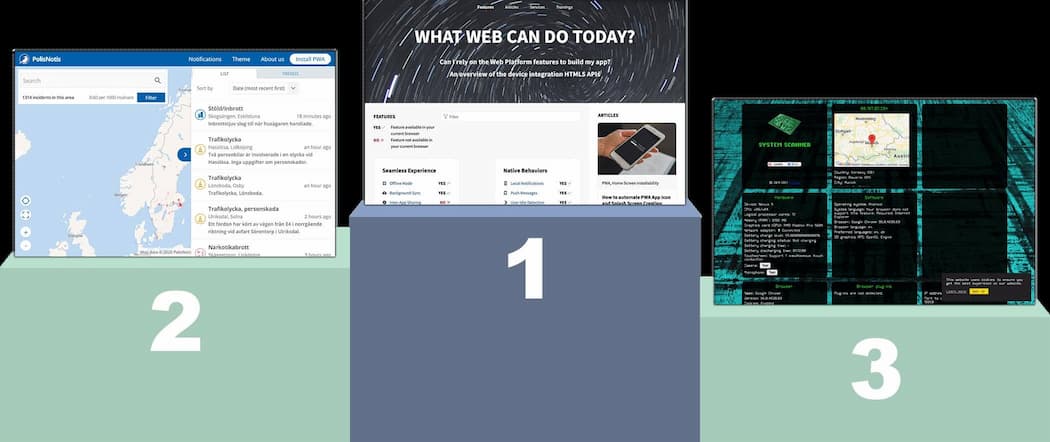Capabilities

Introduction
Capabilities are new web platform APIs that unlock entirely new use cases for web applications. Those new APIs are essential for Progressive Web Apps (PWA), a web-based application model. A PWA is a web app that users can install to their system. PWAs run even offline and launch quickly. To integrate with the underlying operating system, PWAs can only use web platform APIs. While browsers have already exposed some lower-level features to the web (e.g., geolocation, gamepad, or webcam access), many APIs were still missing or were clumsy to use (e.g., file system or clipboard access).
Project Fugu
The Capabilities Project (codename Fugu) is a joint effort by Microsoft, Intel, Google, and other Chromium contributors. It tries to bridge the gap between platform-specific applications and web apps by designing and implementing new powerful web platform APIs in a secure and privacy-preserving manner (see also the Privacy chapter). As capabilities unlock more and more use cases, they lay the path for entire new application categories to finally make the shift to the web (e.g., IDEs, image editors, or office applications).
Project Fugu is an effort to close gaps in the web’s capabilities enabling new classes of applications to run on the web… APIs that Project Fugu is delivering enable new experiences on the web while preserving the web’s core benefits of security, low-friction, and cross-platform delivery. All Project Fugu API proposals are made in the open and on the standards track.
Over the last two years, the focus for the Fugu team has been on capabilities for desktop productivity applications and hardware-related APIs. This chapter briefly introduces several new capabilities and analyzes how many different desktop and mobile websites use them. As capabilities are particularly interesting for app-like websites, their relative usage is comparatively low. This is why absolute website numbers are used in this chapter. For each capability, there will be a demo website or app that makes use of it.
Methodology
This chapter uses the HTTP Archive data set. For security reasons, some APIs require a user gesture (i.e., a click or keypress) to function. As the HTTP Archive crawler does not support detecting those APIs during runtime, the source code of the websites is parsed statically instead: For instance, the regular expression /navigator\.share\s*\(/g is matched against the website’s source code to determine if it (potentially) makes use of the Web Share API.
This method is not perfectly accurate, as it doesn’t measure the actual use of an API, and developers may invoke an API using a different syntax or work with minified code. However, this approach should provide a sufficiently good overview. You can find the exact regular expressions for the 30 supported capabilities in this source file.
All usage data in this chapter is based on the July 2021 crawl. You can find the raw data in the Capabilities 2021 Results Sheet.
For the two more commonly used APIs in this chapter, additional data from Chrome Platform Status is presented. This data shows how the API usage has changed over the last 12 months prior to the publication of this chapter.
Status of the presented APIs
Please note that most of the APIs presented here are so-called incubations. Unless noted, they are not (yet) W3C Recommendations, i.e., official web standards. Instead, these APIs are being worked on in the Web Platform Incubator Community Group (WICG), where browser vendors and developers can discuss new features.
Some APIs have already shipped in several browsers; others are only available on Chromium-based ones. These browsers include Google Chrome, Microsoft Edge, Opera, Brave, or Samsung Internet. Please note that vendors of Chromium-based browsers can choose to disable specific capabilities, so not all APIs may be available in all browsers based on Chromium. Some capabilities may also only be available after activating a flag in the browser settings.
Async Clipboard API
The Async Clipboard API allows you to read and write data from or to the clipboard. Due to its asynchronous nature, it enables use cases like scaling down an image while pasting it—all without blocking the UI. It replaces less capable APIs like document.execCommand() that were previously used to interact with the clipboard.
Write access
The Async Clipboard API offers two methods to copy data to the clipboard: The shorthand method writeText() takes plain text as an argument which the browser then copies to the clipboard. The write() method takes an array of clipboard items that could contain arbitrary data. Browsers can decide to only implement certain data formats. The Clipboard API specification specifies a list of mandatory data types browsers must support as a minimum, including plain text, HTML, URI lists, and PNG images.
await navigator.clipboard.writeText('hello world');
const blob = new Blob(['hello world'], { type: 'text/plain' });
await navigator.clipboard.write([
new ClipboardItem({
[blob.type]: blob,
}),
]);Read access
Similar to copying data to the clipboard, there are two methods to paste data back from the clipboard: First, another shorthand method called readText() that returns plain text from the clipboard. Using the read() method, you access all items in the clipboard in the data formats supported by the browser.
const item = await navigator.clipboard.readText();
const items = await navigator.clipboard.read();The browser may show a permission prompt or a different UI for privacy reasons before granting the website access to the clipboard contents. The Async Clipboard API is available in Chrome, Edge, and Safari (current browser support for the Async Clipboard API). Firefox only supports the writeText() method.
With 560,359 (8.91%) desktop and 618,062 (8.25%) mobile sites, the Async Clipboard API (writeText() method) is one of the most used Fugu APIs. The write() method is used on 1,180 desktop and 1,227 mobile sites. As an example, the commercial website Clipping Magic allows you to remove the background of an image with the help of an AI algorithm. Just paste an image from the clipboard, and the website will remove its background.
The high usage of this API is probably related to a script that is included with embedded YouTube videos. The writeText() method is called when the user clicks the “copy link” button in the video player.
In recent months, the use of the API has increased sharply at a low level. While the read() method was active on only 0.00032 percent of all page loads in November 2020, usage increased exponentially to 0.002921 percent by October 2021. The write() method increased from 0.000674 to 0.001601 percent in the same period.
(Sources: Async Clipboard Read, Async Clipboard Write)
File System Access API
The next productivity-related API is the File System Access API. Web apps could already deal with files: <input type="file"> allows the user to open one or more files via a file picker. Also, they could already save files to the Downloads folder via <a download>. The File System Access API adds support for additional use cases: Opening and modifying directories, saving files to a location specified by the user, and overwriting files that were opened by them. It is also possible to persist file handles to IndexedDB to allow for continued (permission-gated) access, even after a page reload. In particular, the API does not grant random access to the file system and certain system folders are blocked by default.
Write access
When calling the showSaveFilePicker() method on the global window object, the browser will show the operating system’s file picker. The method takes an optional options object where you can specify which file types are allowed for saving (types, default: all types), and whether the user can disable this filter via an “accept all” option (excludeAcceptAllOption, default: false).
When the user successfully picks a file from the local file system, you will receive its handle. With the help of the createWritable() method on the handle, you can access a stream writer. In the following example, this writer writes the text hello world to the file and closes it afterward.
const handle = await window.showSaveFilePicker({
types: [{
description: 'PNG files',
accept: { 'image/png': ['.png'] }
}],
excludeAcceptAllOption: true
});
const writable = await handle.createWritable();
await writable.write('hello world');
await writable.close();Read access
To show an open file picker, call the showOpenFilePicker() method on the global window object. This method also takes an optional options object with the same properties from above (types, excludeAcceptAllOption). Additionally, you can specify if the user can select one or multiple files (multiple, default: false).
As the user could potentially select more than one file, you will receive an array of file handles. Using the array destructuring expression [handle], you will receive the handle of the first selected file as the first element in the array. By calling the getFile() method on the file handle, you will receive a File object which gives you access to the file’s binary data. By calling the text() method, you will receive the plain text from the opened file.
const [handle] = await window.showOpenFilePicker({
multiple: false
});
const blob = await handle.getFile();
const text = await blob.text();
console.log(text);Opening directories
Finally, the API allows web apps (e.g., integrated development environments) to get a handle for an entire directory. Using this handle, you can create, update, or delete existing files or folders within the opened directory. This time, the method is called showDirectoryPicker():
const handle = await window.showDirectoryPicker();The File System Access API is only available on Chromium-based browsers and desktop systems (current browser support for the File System Access API). Fortunately, the web platform offers the aforementioned fallback approaches to provide similar functionality on mobile devices and other browsers. Developers can use the Google-developed library browser-fs-access that uses the File System Access API if present and otherwise falls back to the alternative implementation.
Out of all 6,286,373 desktop and 7,491,840 mobile websites in the HTTP Archive, the File System Access API is used on 29 desktop and 23 mobile sites. Examples for those sites are the image editor Excalidraw, which allows you to sketch diagrams in a hand-drawn look and save them to the disk. Another example is CorelDRAW.app, a web version of the image editing software CorelDRAW.
Web Share API
The Web Share API allows you to share text, a URL, or files from a website or web application with other applications, e.g., mail clients or messengers. To do so, call the navigator.share() method. It takes an object with the data to share with another application. The browser then opens the built-in share sheet, where the user can select the target application from. The method returns a promise that resolves in case the content was successfully shared; otherwise, it will be rejected.
await navigator.share({
files: picturesArray,
title: 'Holiday pictures',
text: 'Our holiday in the French Alps'
})The Web Share API is supported by Safari on iOS and macOS, and Chrome and Edge on Windows and Chrome OS (current browser support for the Web Share API). It’s currently a Working Draft at the Web Applications Working Group. This is one of the first stages of the track to becoming a W3C Recommendation.
With 566,049 (9.00%) desktop and 642,507 (8.58%) mobile sites, the Web Share API is the most used Fugu API. For example, the beta version of the PaintZ app allows you to share a drawing with another locally installed application via the save dialog.
The high usage of this API is probably related to a script that is included with embedded YouTube videos. If the Web Share API is available on the device, it is executed when the user clicks the “Share” button in the video player.
In recent months, the overall use of the Web Share API has increased: The Chrome Platform Status data shows a rather linear growth in the period from November 2020, where the API was called on 0.0097% of all page loads, to 0.0136% in October 2021.
URL Handlers and Declarative Link Capturing
The last two productivity-related capabilities described in this chapter are URL Handlers and Declarative Link Capturing, additional methods for even deeper integration with the operating system.
URL Handling
With the help of URL Handling, PWAs can register themselves as handlers for certain URL schemes upon installation, e.g., for https://*.example.com. When the user opens a URL that matches this scheme, the installed PWA will open instead of a new browser tab. URL Handling is an extension of the Web Application Manifest, a file that contains metadata for web applications. To register for URL schemes, you have to add the url_handlers property to your manifest. This property takes an array containing objects with an origin property.
{
"url_handlers": [{
"origin": "https://*.example.com"
}]
}If you want to register for origins other than your web app’s origin, you need to verify your ownership of them. The capability is at a relatively early stage: it’s only supported on Chrome and Edge on the desktop. URL Handling is currently available as an Origin Trial. This means that the capability is not generally available yet. Instead, developers need to opt-in to using this experimental API by registering for an Origin Trial token first and deliver this token along with their website to use this capability. You can find more information in the Origin Trials Guide for Web Developers.
44 desktop and 41 mobile websites make use of URL Handling. For example, the Pinterest PWA registers itself as a URL handler for the different Pinterest origins (e.g., *.pinterest.com and *.pinterest.de) on installation.
Declarative Link Capturing
With the help of Declarative Link Capturing, you can further control how PWAs should behave when the user opens them. For instance, an office application may want to open another window for a new document, while a music player wants to keep its single window open. Therefore, Declarative Link Capturing defines three different modes:
nonedoes not capture the link at all (the default)new-clientopens a new window for the PWAexisting-client-navigatenavigates an existing client to the new URL or opens a new window if no client exists
Declarative Link Capturing also is an extension of the Web Application Manifest. To use it, you need to add the capture_links property to your manifest. This property takes a string or an array of strings matching the three modes from above. If you use an array, the browser will fall back to the next entry if it doesn’t support a particular mode.
{
"capture_links": [
"existing-client-navigate",
"new-client",
"none"
]
}This capability is at an early stage as well. It is only supported on Chrome OS. Currently, 36 desktop sites and 11 mobile sites use this capability, for example, Periodex, a PWA showing the periodic table of elements. This app uses the capture_links configuration as shown in the listing above meaning that, if supported, the browser should reuse the existing window, otherwise, open a new one, and if that’s not supported, it should behave as normal.
Hardware APIs
The next set of capabilities focuses on hardware-related APIs. In Chromium-based browsers, there are many APIs to access hardware interfaces, including but not limited to USB, Bluetooth, and serial devices. Furthermore, the Generic Sensor API allows you to read from device sensors. All capabilities discussed in this section are only available on Chromium-based browsers and on systems where the respective hardware interface or sensor is present.
Web USB API
The Web USB API allows developers to access USB devices without any drivers or third-party applications. For instance, this capability is interesting for firmware updates that developers otherwise would have to implement as separate platform-specific apps for different platforms. You need to call the navigator.usb.requestDevice() method to access USB devices. It takes an object which defines filters for the list of all connected USB devices. You need to specify the vendorId at least. The browser shows a device picker where the user can choose a matching device. From there, you can begin a device session.
try {
const device = await navigator.usb.requestDevice({
filters: [{ vendorId: 0x8086 }]
});
console.log(device.productName);
console.log(device.manufacturerName);
} catch (err) {
console.log(err);
}The API has been generally available on Chromium-based browsers since version 61 (current browser support for the Web USB API). 182 desktop and 155 mobile sites use this API, for example, the PWA Vysor that allows you to mirror the screen of an Android or iOS device—all without installing any additional software on your computer.
Web Bluetooth API
The Web Bluetooth API allows you to communicate with nearby Bluetooth Low Energy devices using the Generic Attribute Profile (GATT). To find a matching device, call the navigator.bluetooth.requestDevice() method. In the following example, the list of Bluetooth devices is filtered by whether they offer a battery service or not. The browser shows a device picker where the user can choose a Bluetooth device. Afterward, you can connect to the remote device and gather the data.
try {
const device = await navigator.bluetooth.requestDevice({
filters: [{ services: ['battery_service'] }]
});
console.log(device.name);
} catch (err) {
console.log(err);
}The API is generally available on Chromium-based browsers on Chrome OS, Android, macOS, and Windows starting from version 56 (current browser support for the Web Bluetooth API). On Linux, the API is provided behind a flag. 71 desktop and 45 mobile sites make use of this capability. For instance, the Brewfather PWA targeted at home brewers allows them to send a beer recipe wirelessly over to a Bluetooth-enabled brewing system. Again, all without installing any third-party software.
Web Serial API
The Web Serial API allows you to connect with serial devices such as microcontrollers. To do so, call the navigator.serial.requestPort() method. You can optionally pass in a method to filter the device list. The browser shows a device picker where the user can choose a device. Next, you can open the connection by calling the port’s open() method.
try {
const port = await navigator.serial.requestPort();
await port.open({ baudRate: 9600 });
} catch (err) {
console.log(err);
}This capability is relatively new, as it shipped with Chromium 89 in March 2021 (current browser support for the Web Serial API). Currently, 15 desktop and 14 mobile sites use the Web Serial API, including the Duino App that allows you to develop programs for Arduino and ESP microcontrollers right in your browser. They are compiled on a remote server and then uploaded to a connected board via the Web Serial API.
Generic Sensor API
Finally, the Generic Sensor API allows you to read sensor data from the device’s sensors, such as the accelerometer, gyroscope, or orientation sensor. To access a sensor, you create a new instance of a sensor class, e.g., Accelerometer. The constructor takes a configuration object with the requested frequency. By attaching to the onreading and onerror events, you can get notified for updated sensor values, or errors respectively. Finally, you need to start the reading by calling the start() method.
try {
const accelerometer = new Accelerometer({ frequency: 10 });
accelerometer.onerror = (event) => {
console.log(event);
};
accelerometer.onreading = (e) => {
console.log(e);
};
accelerometer.start();
} catch (err) {
console.log(err);
}The capability is supported by Chromium browsers starting from version 67 (current browser support for the Generic Sensor API). The relative orientation sensor is used by 824 desktop and 831 mobile sites, the linear acceleration sensor by 257 desktop and 237 mobile sites, and the gyroscope by 36 desktop and 22 mobile sites. An example application that uses all three of them is VDO.Ninja, the former OBS Ninja. This software allows you to remotely connect with video broadcasting software such as OBS. The app allows the connected broadcasting software to read sensor data from the device. For example, to capture a smartphone’s movements when streaming virtual reality content. Fugu contributor Intel provides additional demos for the Generic Sensor API.
Sites using the most capabilities
The analysis also identified the websites using the most capabilities from the HTTP Archive data set. The detection script is capable of identifying 30 Fugu APIs in total. So, let’s give an award to the websites that use the most Fugu APIs. The excitement is building!
- The first place goes to whatwebcando.today, which uses 28 capabilities. It showcases different HTML5 device integration APIs by providing a live demo for every capability. Naturally, the number of used APIs is very high. In the result set, a similar site called whatpwacando.today showcases PWA capabilities and uses eight APIs.
- The runner-up is the PolisNotis PWA which shows police notices in Sweden. It uses ten APIs, including the Declarative Link Capturing API to define that the PWA should always open a new window when clicking a PWA-related link. The Web Share API is used in the source code, but the sharing functionality is not exposed to the UI. The app also uses the Badging API to alert the user via the app icon if there is a new notice.
- Closely followed in third place is the website System Scanner, that uses nine APIs: It shows an overview of the system information exposed by the browser, including sensor information provided by the Generic Sensor API.
- Eight sites use eight Fugu APIs: One of them is the aforementioned Excalidraw, an online drawing tool for creating drawings in a hand-drawn style. As a traditional productivity app, it benefits from the new capabilities.
Some websites from the result set are Internet forums based on Discourse. This forum software supports a total of eight Fugu APIs. Discourse-based forums are installable and support, among others, the Badging API to show the number of unread notifications.
The results also include sites that aren’t proactively using the APIs. For example, some sites ship library code that could theoretically access the capabilities. Some sites check for the presence of Fugu APIs to determine the user’s browser.
Conclusion
Capabilities help move the web forward by unlocking more and more use cases for developers. As this chapter shows, developers use the new web platform APIs to build powerful applications. In contrast to their platform-specific counterparts, those applications don’t necessarily need to be installed to the system and don’t require any additional third-party runtimes or plugins to work. They run on any platform that can run a powerful browser.
One example of this concept working is Visual Studio Code. This application has always been web-based, but it still relied on platform-specific application wrappers like Electron. Thanks to capabilities like the File System Access API, Microsoft was able to release the application as a browser application (vscode.dev) in October 2021. Almost all features work here, except debugging or terminal access since there is no capability for this (yet!).
Another example is Adobe Photoshop, which was also released as a web application in October 2021. Photoshop uses several of the capabilities presented here, as well as WebAssembly, to migrate existing code to the web. Its vector-based counterpart Illustrator is currently available as a closed beta and will be released at a later date. While the first editions will still have a limited feature set, Adobe has already announced that it won’t stop there, but that further expansion to the web is planned.
Thus, the Capabilities project paves the way for entire categories of applications to finally migrate to the web.
